Thai Green Curry with Chicken
Published Feb 25, 2020•Updated Aug 08, 2024
This post may contain affiliate links. Please read our disclosure policy.
Thai Green Curry is a spicy, fragrant, coconut-based curry made with lemongrass, galangal, and fresh green chili peppers. Included in the recipe are answers to any questions you might have about using store-bought curry paste versus making it from scratch.
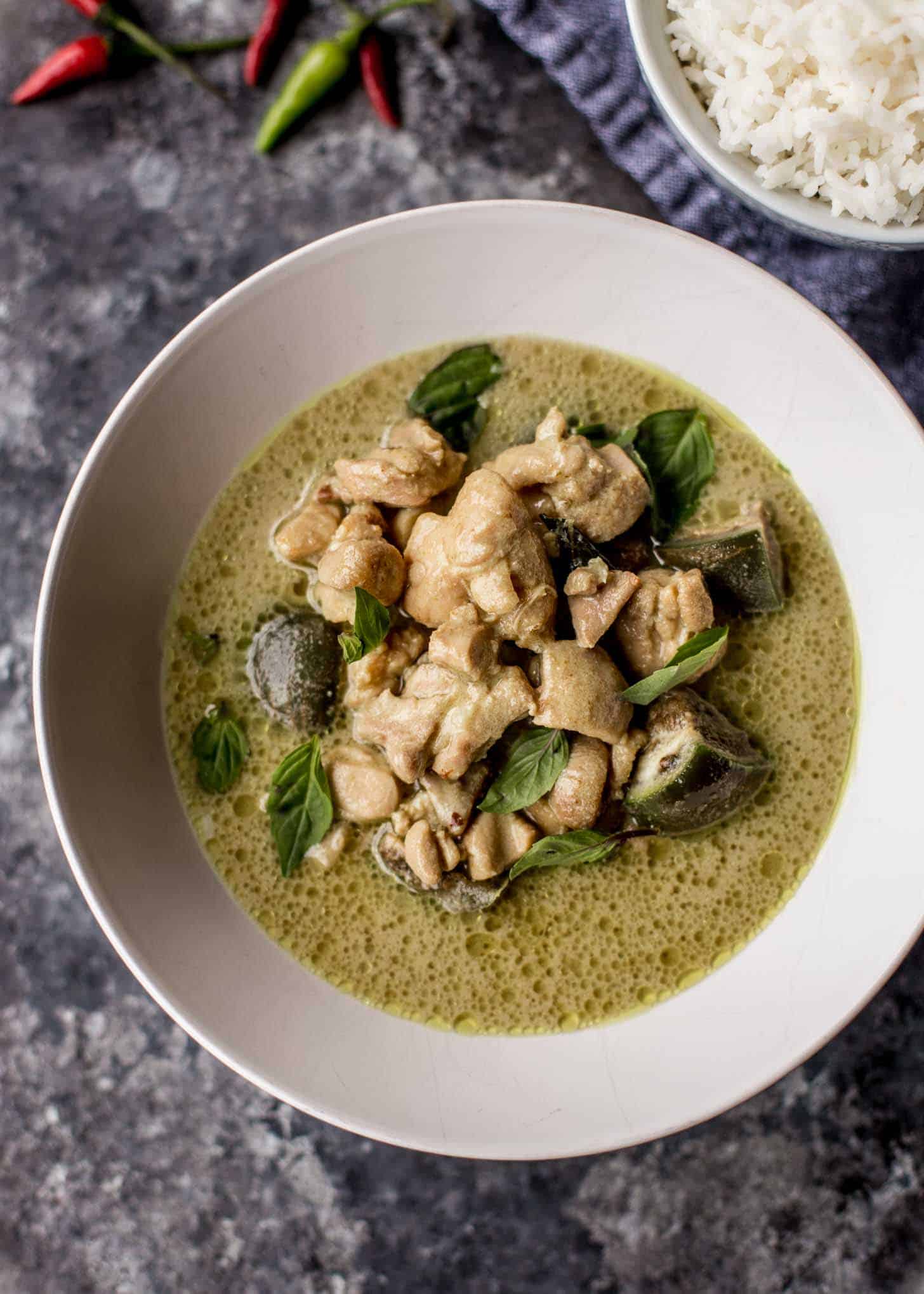
It’s Thai Curry Week and we’re kicking things off with one of my favorites – green curry! Thai Green Curry with Chicken was one of the very first meals that Frank and I had when we moved to Bangkok way back in 2010. And here’s what I remember about that very first taste of Thailand: a 5-alarm fire. That curry was SO spicy!
Fortunately that flaming hot green curry experience did not scare me away from this delicious dish. Over my years in Thailand I learned that, although all Thai Green Curry is spicy, it’s not all as spicy as that first one. If you don’t have a high tolerance for spice but want to make this curry at home, fear not – I have lots of options for you! And beneath all that spice, this curry is one of the most fragrant and flavorful. It’s filled with aromatic lemongrass, galangal, makrut lime leaves, and lime zest. Best of all, once you’ve got the curry paste, it’s a breeze to make it. Here’s how!
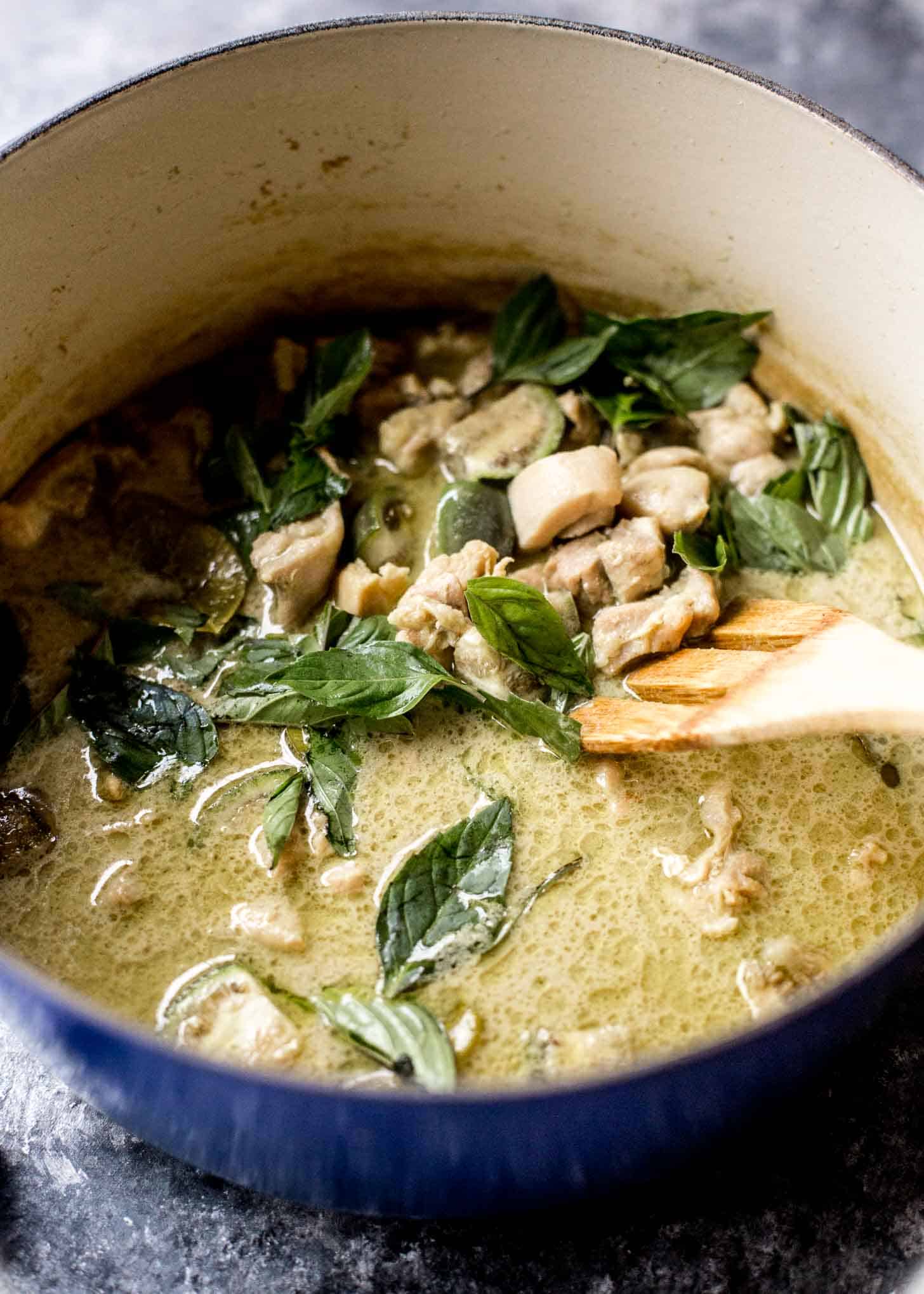
Ingredients in Thai Green Curry
- Coconut Milk – Use regular (not light) coconut milk. You’ll use some of the coconut milk to cook the curry paste in at the beginning and some will be added later to simmer all of the ingredients together.
- Thai Green Curry Paste – This firm green paste gives the curry all the flavor it needs. You can use store-bought or homemade curry paste (see below for details).
- Chicken Thighs – Boneless, skinless chicken thighs stay super tender in this curry and add savory flavor to the broth. There are lots of other options you can use instead of chicken thighs, so keep reading if you’d like to use a substitute.
- Makrut Lime Leaves – These very firm, fragrant leaves come from the makrut lime tree. Outside of Thailand, they can be found at Asian / international grocery stores and are sold either fresh or frozen. Check out the Guide to Essential Thai Ingredients for more information on this unique ingredient.
- Thai Green Eggplants – These tender, slightly bitter eggplants are commonly used in green curry. Just about any vegetable will work though, so feel free to use another vegetable if you can’t track these down.
- Palm Sugar – This is a lightly sweet, subtly citrus sugar that comes from coconut palm or sugar palm trees. It is sold in small dried cakes. It is easiest to measure if it is grated or soaked in a small amount of warm water for about 10 minutes until soft. Light brown sugar will work as a substitute in this curry.
- Fish Sauce – Fish sauce provides the authentic flavor of a true Thai Green Curry. It adds a savory umami richness that rounds out the dish. If you’re making a vegetarian version, soy sauce can be used as a substitute.
- Thai Basil Leaves – Be sure to add these leaves at the very end of cooking. They will wilt into the finished curry and add a bright, fresh flavor. Thai Basil is a different variety than the Italian-style basil sold at most grocery stores in the West. Do NOT use Italian basil in a Thai curry. It’s better to just skip this ingredient if you can’t find Thai Basil.
Pin this now to save it for later
Pin It Now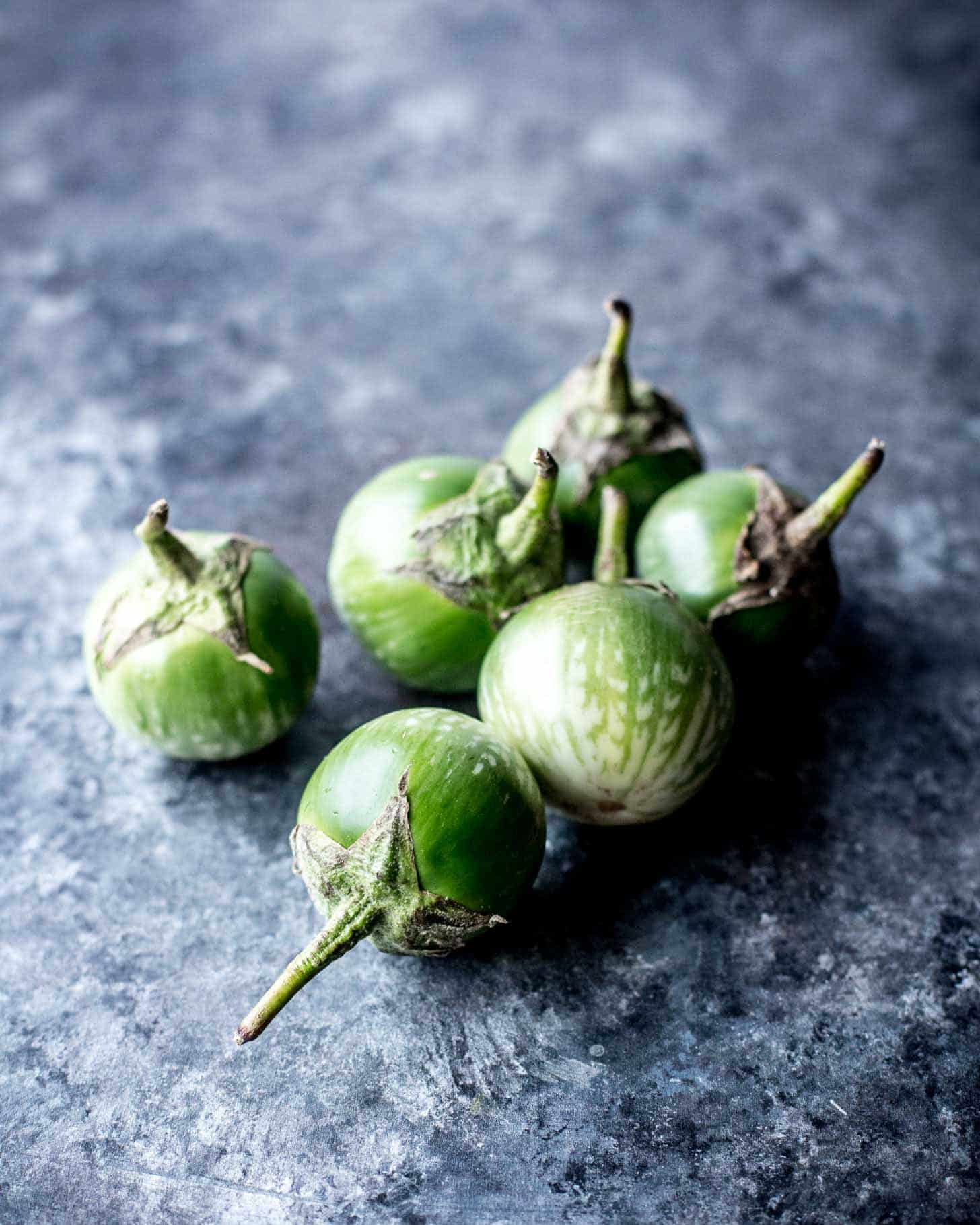
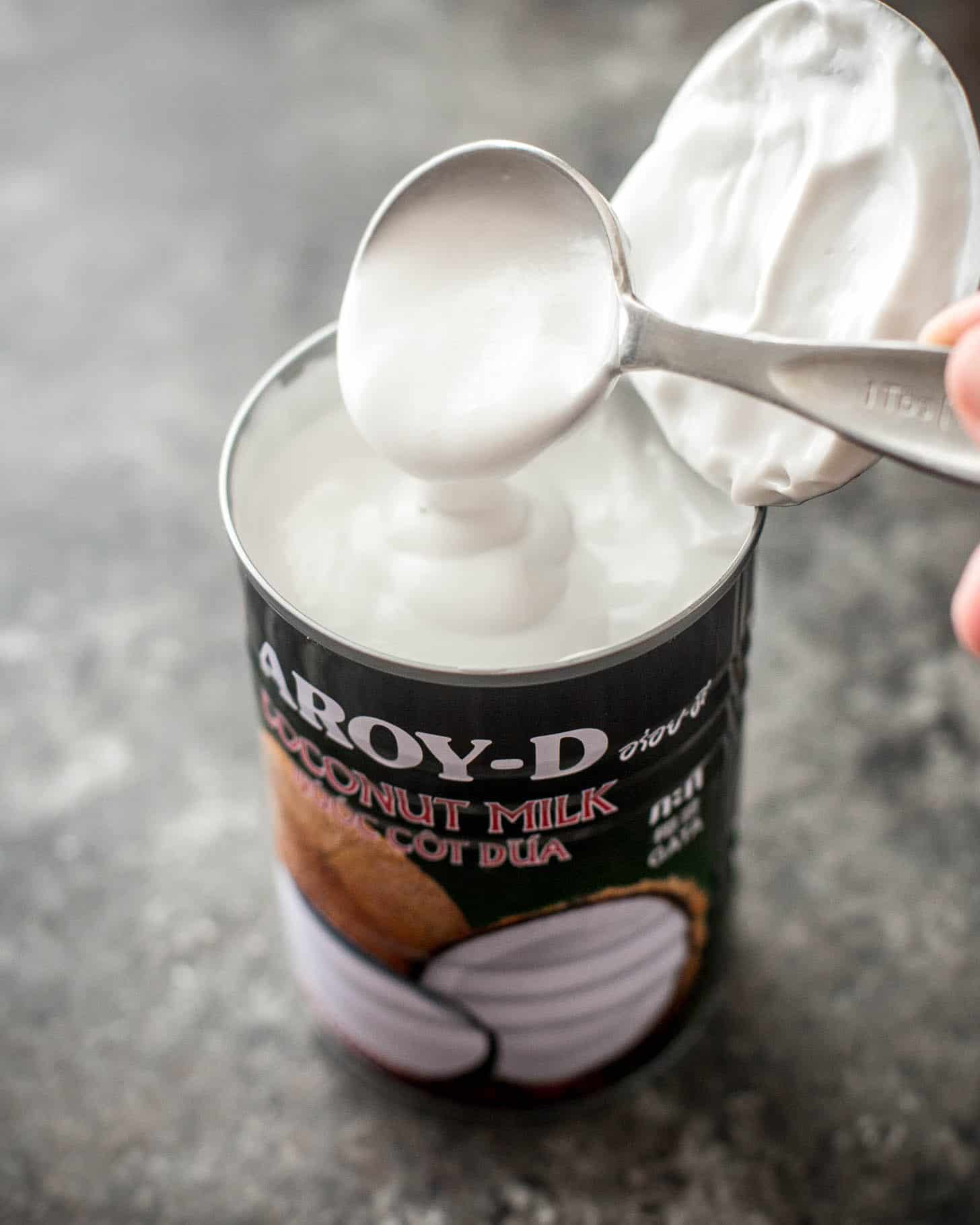
How to Make Thai Curry Paste
The steps for making Thai curry paste are:
- Roast Shrimp Paste
- Toast dry spices in a skillet or wok
- Grind dry spices in a mortar and pestle
- Combine fresh ingredients, dry spices, and shrimp paste in a mortar and pestle, blender, or food processor and blend until smooth
Note: The easiest way to roast the shrimp paste is to wrap it in foil and fully enclose it. Then place the packet of shrimp paste on a hot skillet and cook on both sides until fragrant, 2 to 3 minutes on each side. This helps to release the flavors.
Ingredients for Thai Green Curry Paste
The ingredients for Thai Green Curry Paste are:
- Shrimp Paste
- Coriander Seeds
- Cumin Seeds
- White Peppercorns
- Lemongrass
- Galangal
- Shallots
- Garlic
- Lime Peel
- Cilantro Root
- Serrano Chili Peppers
- Salt
If shopping outside of Thailand, lemongrass stalks are available at well-stocked or specialty grocery stores. Galangal, makrtu limes (for the lime peel), and cilantro roots (you’re looking for the actual root of the herb, but can use the stems if needed; do not use cilantro leaves) are often sold frozen at Asian or international grocery stores. The frozen versions work very well if fresh are not available.

Serrano Chili Peppers are not traditional in green curry paste, but they are my preferred chili pepper here. Serranos are easier to find outside of Thailand and less spicy than the Bird’s Eye Chilis that are typically used. You can, of course, use Bird’s Eye Chilis. Green jalapeños are another option. See the recipe below for suggested amounts to use for these substitutes. With any type of chili pepper, you can reduce the heat of the curry paste by first slicing the chilis in half lengthwise and using a spoon to scrape out the seeds and pith. Choose your own adventure with the chili type and method, according to your tolerance for spice.
For more information on all of the ingredients needed for Thai Curry Paste, check out the Guide to Essential Thai Ingredients.
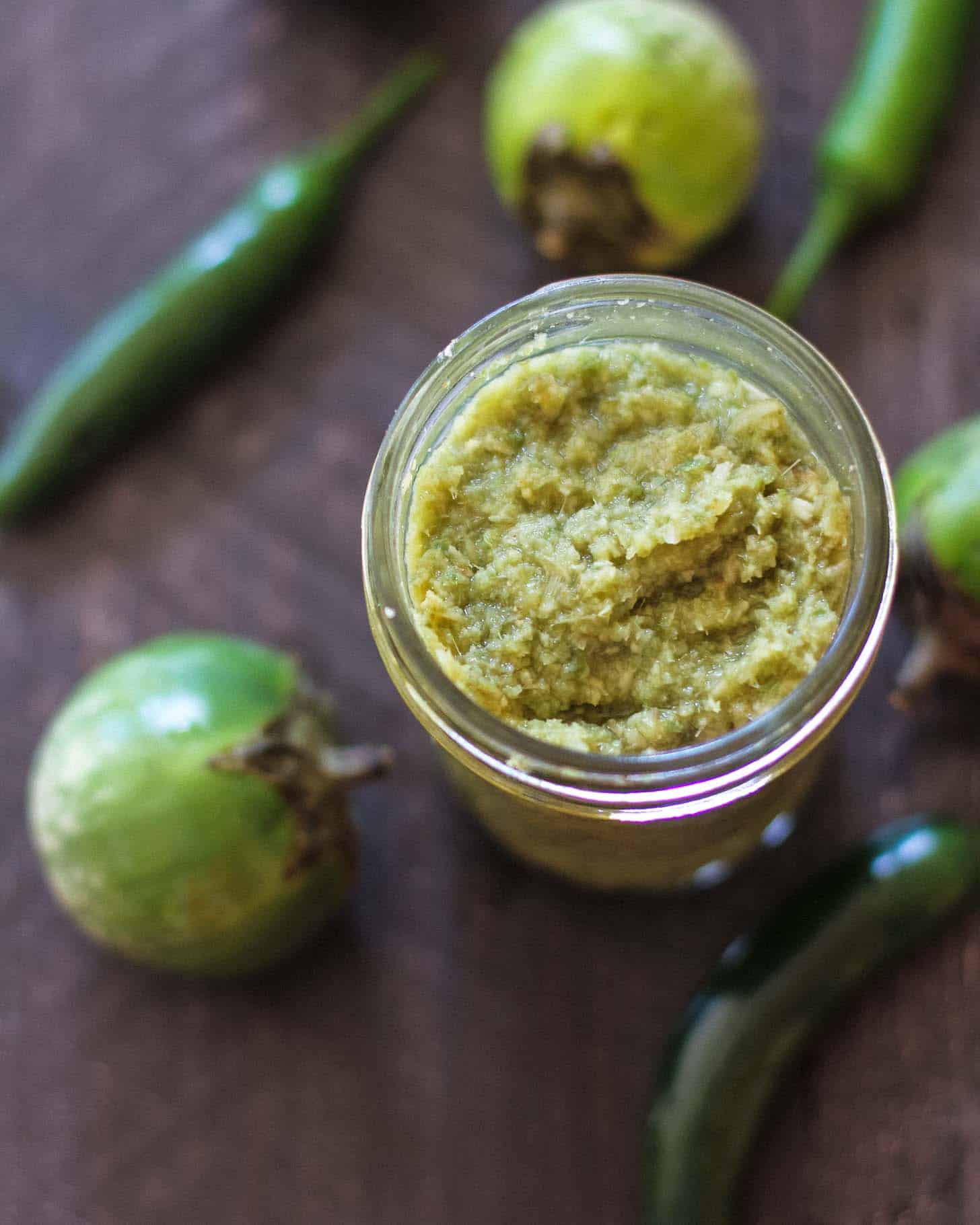
Store-Bought vs. Homemade Thai Curry Paste
While it can be rewarding and delicious to make your own green curry paste, if you’re just starting to explore Thai Green curry, store-bought curry paste makes the process a breeze. Many commercial versions of Thai curry paste are very good and will give you an excellent curry. Here are the two types of store-bought curry paste I use most often.
Thai Kitchen – Walk down the international aisle at any well-stocked grocery store and you’ll likely find Thai Kitchen Curry Paste in small 4-oz jars. It’s super affordable and these small jars are great if you just plan to make a batch or two of curry over the next few months. American-made versions of Thai curry paste like this one are significantly less spicy than their Thai-made counterparts, so this is a great brand to start with if you’re hesitant about spice. I find this curry paste to be loaded with all the flavors I look for like lemongrass and galangal and, for me, it’s hardly spicy at all. I can give green curry made with Thai Kitchen green curry paste to my kids (it’s that mild).
Mae Ploy – This is the tried-and-true Thai brand of curry paste that I used when I lived in Bangkok and have reliably found at Asian / international grocery stores. It comes in larger 14-oz tubs, so if you plan to make a lot of curry, it’s worth tracking down. Because this is a Thai brand, it is significantly more spicy than Thai Kitchen mentioned above. The flavor has more of the shrimp / seafood elements and is more subtle on the aromatics. Not surprisingly, this makes a Thai green curry that tastes most like what I remember eating in Thailand. Green curry made with Mae Ploy green curry paste is generally too spicy for my kids.
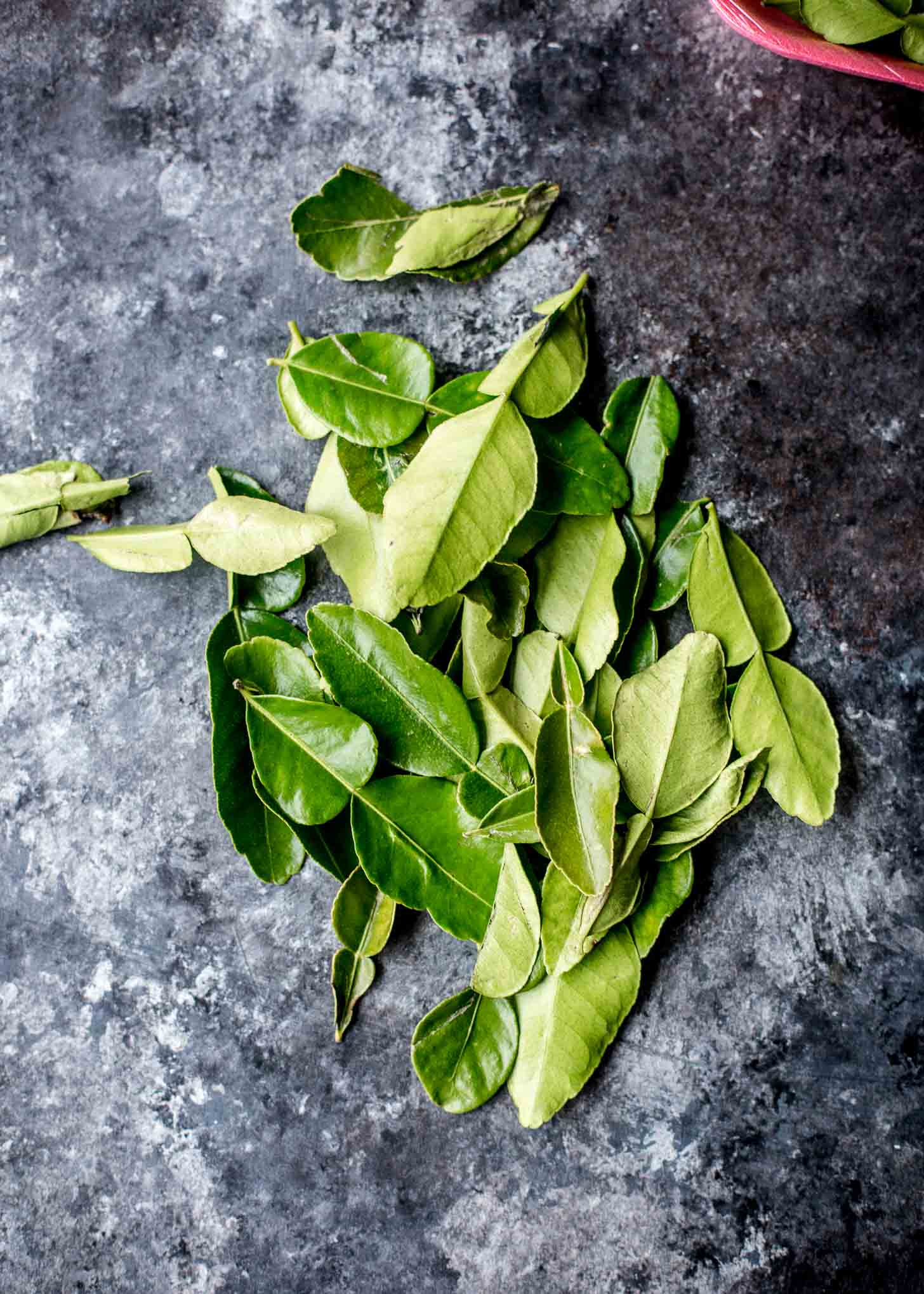
What is the Oil on top of Thai Curry?
People visiting Thailand often comment that the curries look oily or greasy. However, beads of oil on the surface of a curry are a sign that what you are about to eat is an authentic version of Thai curry. Every authentic recipe for Thai curry starts with “breaking” the coconut milk. This step of simmering coconut milk in a dry, hot pan separates out the natural oils in the coconut milk and provides a base for cooking the curry paste that will maximize its natural flavor.
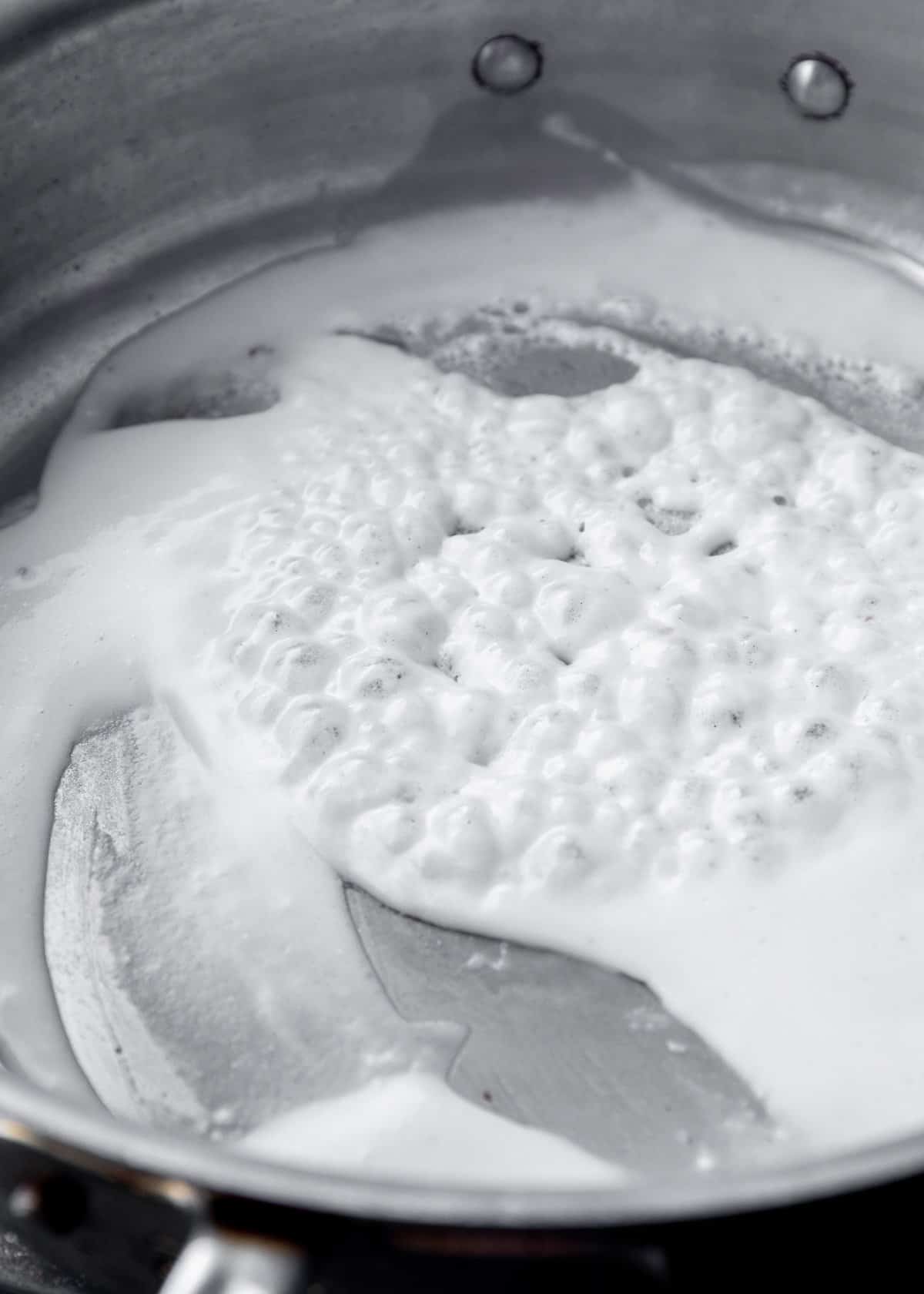
Variations on Thai Green Curry
- Vegetarian – Easily make a vegetarian version of Thai Green Curry by using tofu or mushrooms and adding even more vegetables if you’d like. The curry includes fish sauce, but for a vegetarian version soy sauce can be used as a substitute. You’ll also need to track down a curry paste that does not include shrimp paste (or make your own green curry paste and omit the shrimp paste).
- Change Vegetables – This version of green curry uses Thai eggplants which are a fairly traditional vegetable to use in green curry. Feel free to use any other vegetables you’d like – bell peppers, squash, green beans, mushrooms, potatoes, or snow peas would all be great.
- Change Protein – Instead of chicken thighs, try this with chicken breast, fish (shrimp, scallops, or a white fish like halibut are great), or tofu.

More Fun Thai Recipes
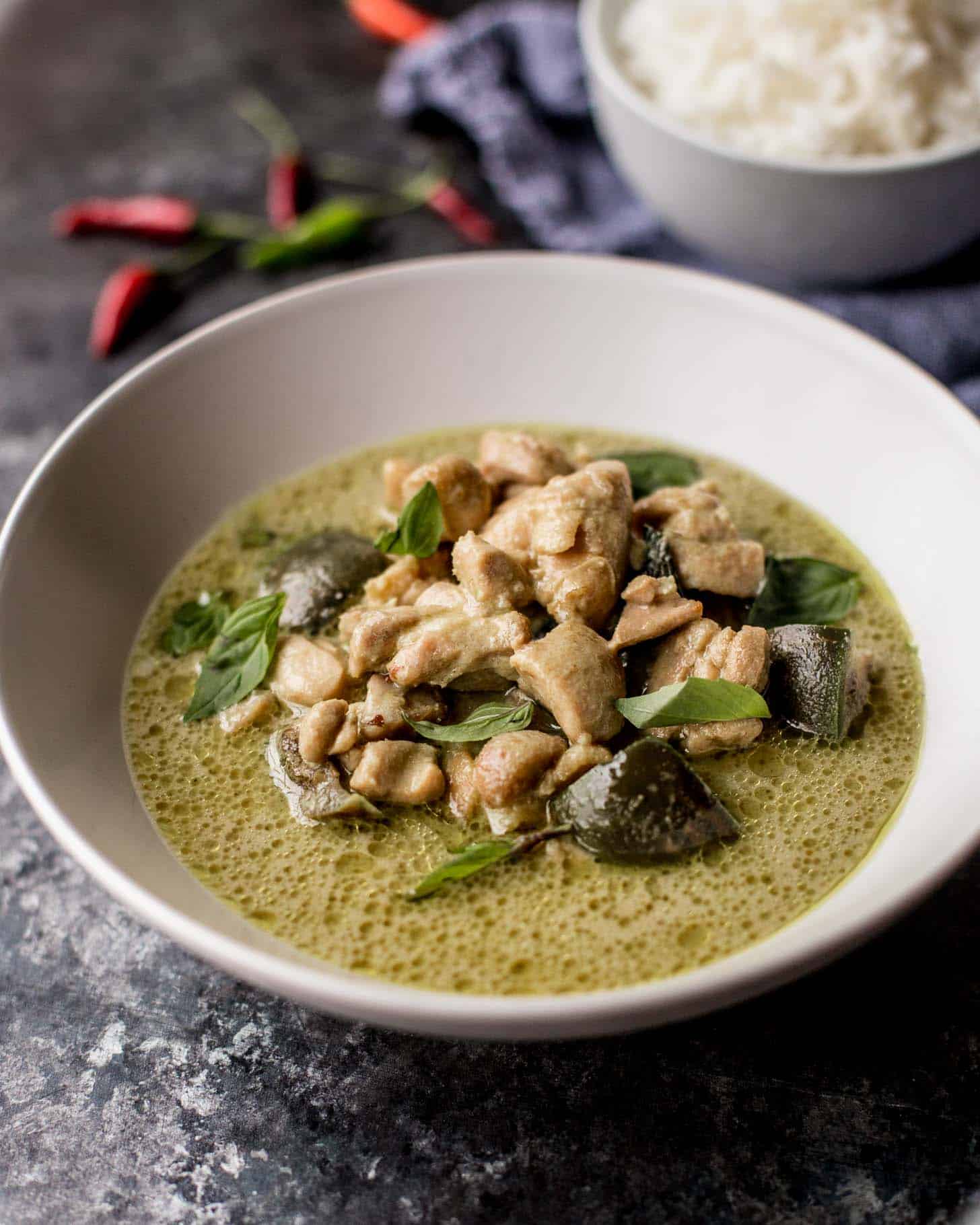
Pin this now to save it for later
Pin It Now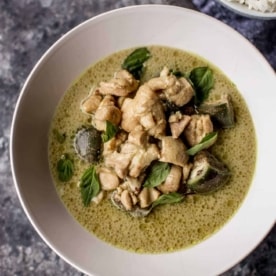
Thai Green Curry with Chicken (Kaeng Khiao Wan)
Equipment
- Dutch oven, wok or saucepan
Ingredients
- 1 3/4 cup Coconut Milk, divided
- 3 Tablespoons Thai Green Curry Paste (see note)
- 1 pound Boneless, Skinless Chicken Thighs, cubed
- 2 cups Chicken Stock
- 3 Makrut Lime Leaves (see note)
- 8 Thai Green Eggplants, quartered (optional)
- 1 Tablespoon Palm Sugar (see note)
- 1 1/2 Tablespoons Fish Sauce
- 1 cup Thai Basil leaves
- Thai Jasmine Rice, for serving
Instructions
- Heat a Dutch oven, wok, or saute pan over medium heat. Add ¾ cup coconut milk (if using canned coconut milk that has separated, use the top, thicker portion of the milk) to the pan. Simmer coconut milk, stirring constantly, until it has reduced by half and you can see oil separating from the milk, 5 to 6 minutes. (Note: This step to “break” the coconut milk is part of the traditional process, but don’t worry if your coconut milk doesn’t show signs of separating after this initial cook time – just proceed with the recipe.)
- Add curry paste and saute until fragrant, 2 to 3 minutes.
- Add chicken thighs and stir to coat in the curry paste.
- Pour chicken stock and 1 cup coconut milk over chicken.
- Stir in lime leaves, eggplants, palm sugar, and fish sauce. Bring to a simmer and let curry simmer gently until chicken is cooked through, 10 to 15 minutes. (Reduce heat as needed to prevent the curry from reaching a hard boil.)
- Taste the curry and adjust the flavor, adding more sugar or fish sauce if needed. Remove and discard lime leaves.
- Remove curry from heat and stir in Thai Basil leaves.
- Serve curry over rice.
Notes
Nutrition
Nutrition information is automatically calculated, so should only be used as an approximation.
Pin this now to save it for later
Pin It Now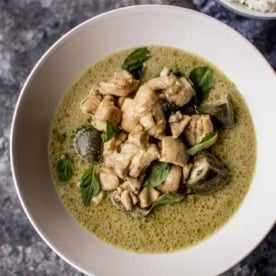
Thai Green Curry Paste
Equipment
- Skillet
- Mortar and Pestle or Spice Grinder
- High Powered Blender or Food Processor
Ingredients
- 1 teaspoon Shrimp Paste (see note)
- 2 teaspoons Coriander Seeds
- 1 teaspoon Cumin Seeds
- 1/2 teaspoon White Peppercorns
- 2 Tablespoons very thinly sliced Lemongrass
- 1 Tablespoons diced Galangal
- 1/4 cup diced Shallots
- 3 Tablespoons thinly sliced Garlic
- 1 teaspoon grated Lime Peel (from a makrut lime; substitute lime zest from a regular lime)
- 1 teaspoon diced Cilantro Root (sub finely chopped cilantro stem if cilantro root is not available)
- 4 Serrano Chili Peppers (see note)
- 1 teaspoon Salt
Instructions
- Place shrimp paste on a small piece of foil and then fold the foil up to form a packet that completely encloses the shrimp paste.
- Heat a skillet over medium-high heat. Place shrimp paste packet onto heated skillet and toast for about 2 to 3 minutes on each side, until fragrant. Set aside.
- Return skillet to medium-high heat and add coriander seeds, cumin seeds and white peppercorn. Toast spices, stirring constantly, until fragrant, 4 to 5 minutes.
- Grind coriander seeds, cumin seeds, and white peppercorn using a mortar and pestle or spice grinder until they form a fine powder. Set ground spices aside. (Note: if you don’t have a mortar and pestle or a dedicated spice grinder, you can also pulse the dried spices in the blender or food processor, but it may take up to 10 minutes of blending / pulsing until a fine powder forms.)
- If using a mortar and pestle:Using a mortar and pestle, grind lemongrass, galangal, and salt until smooth. Add shallots, garlic, lime peel, and cilantro root. Grind again until smooth.Add chili peppers and grind once more until smooth.Add shrimp paste and dried spices. Continue to grind / mix everything together until even. If using a blender or food processor:In a blender or food processor, combine lemongrass, galangal, shallots, garlic, lime peel, cilantro root, chili peppers, and shrimp paste. Blend until the mixture forms a paste that still has a small amount of texture, pausing to scrape down the sides as needed. (Note: if the mixture does not blend easily, add water a bit at a time, as needed, to help it blend.)Add dried spices and salt and blend just until the spices are fully mixed in.
- Taste curry paste and season with some additional salt, if needed.
- Curry paste can be stored in the refrigerator for about 1 week or frozen for up to a year.
Notes
Nutrition
Nutrition information is automatically calculated, so should only be used as an approximation.
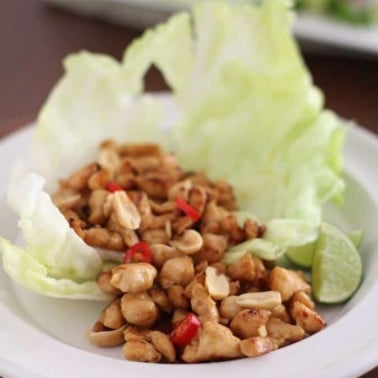
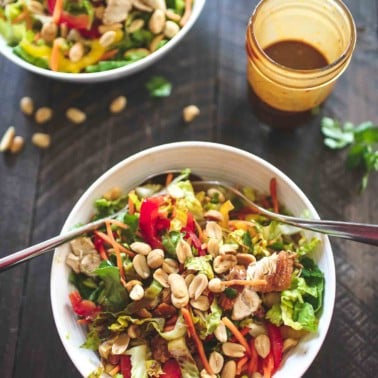
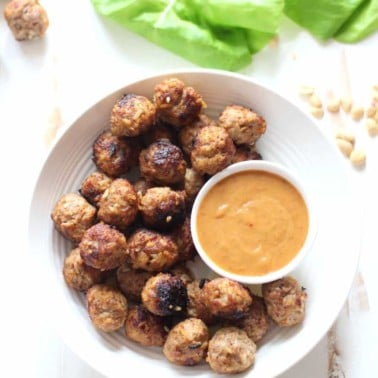

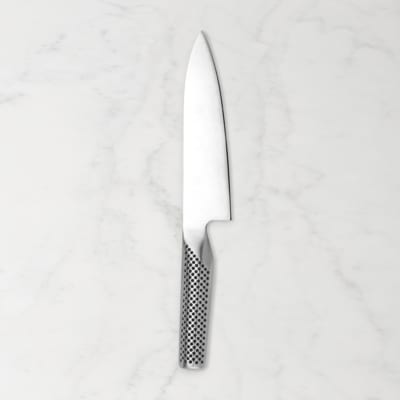
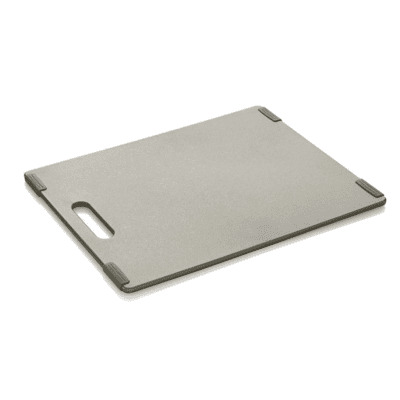
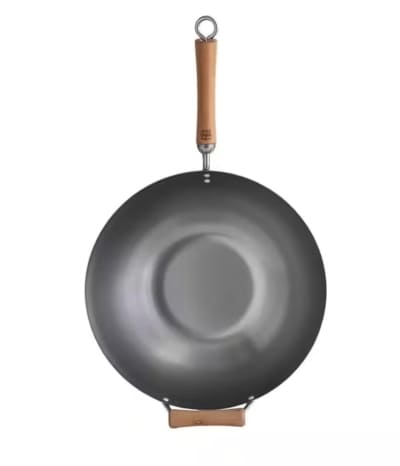
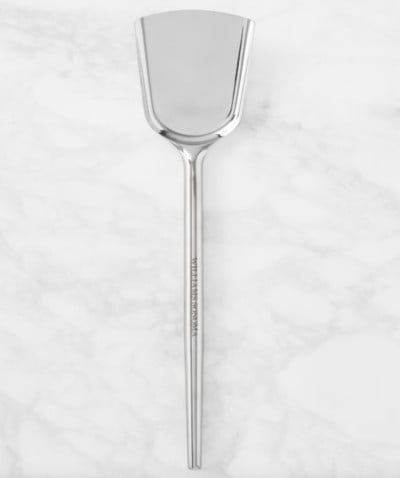
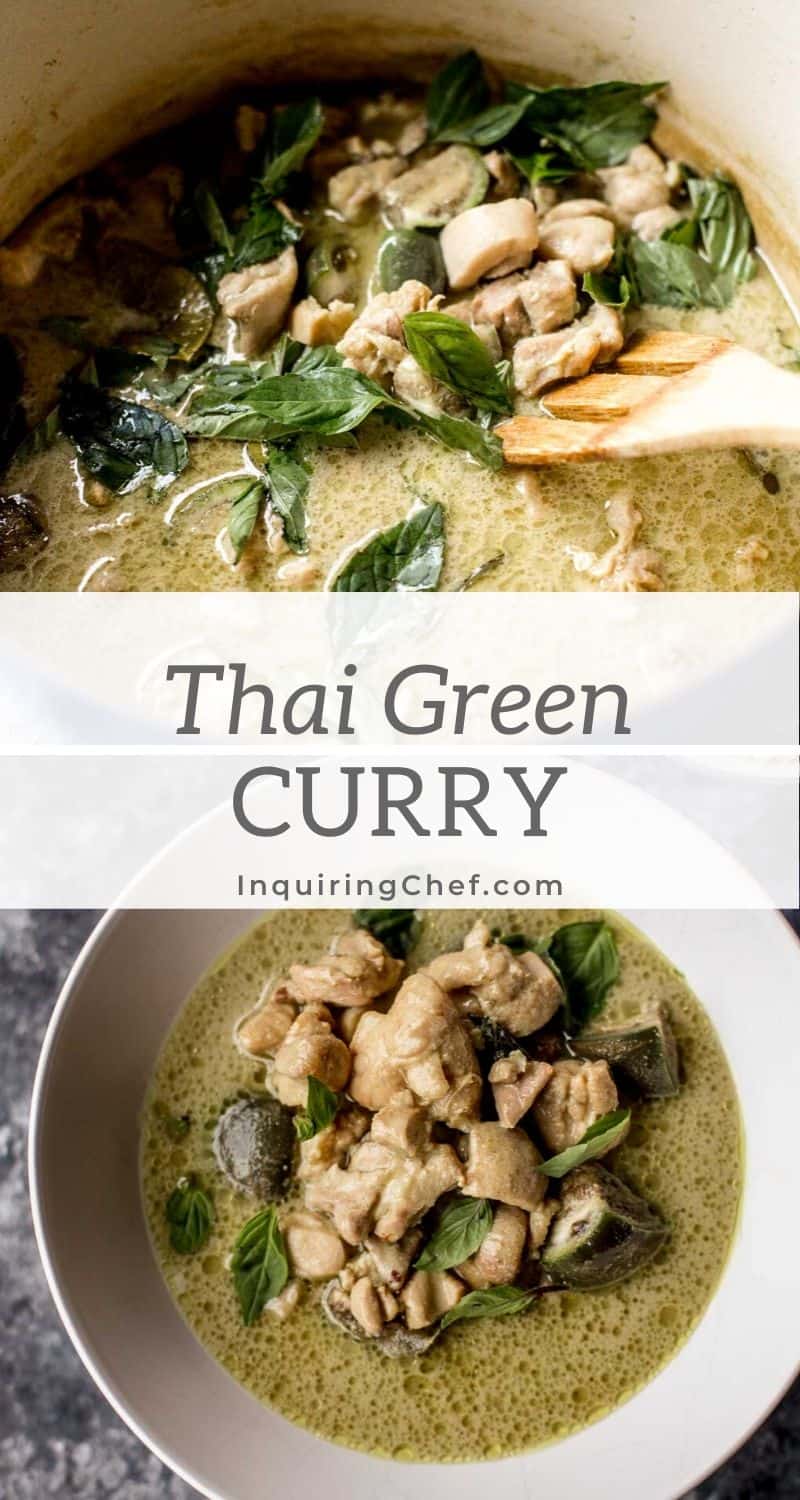

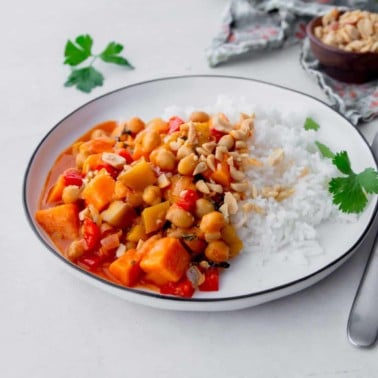










Years ago I came across this little Thai restaurant in our town called Northern Thai. It was run by a couple Sonny and Dora. I went here for a very long time until one day I went and they sold the restaurant and the food was never the same. Their recipe of Thai green curry was one that I never found even close to the same again. It was made with Thai eggplant, tender chicken thighs, carrots and potatoes. Sonny(the chef) would even carve a flower from the carrot. It was served with the best sticky rice that was cooked to perfection. The curry was spicy and they used red Thai chilies and Thai basil that gave it almost a hint of liquorice. I can still taste and smell it. Since then I’ve been on the hunt to find a place that makes something even close or a recipe that I could make it. I have found nothing until today. One of the things I would look for is a soup like constancy with those little beads of oil floating around. I knew that if I could find a recipe that has those little beads, I hit the jackpot. I have read all your ingredients and I think I have finally found it. I am going to make your recipe in the next few weeks. I’m so excited. Thank you for putting up your recipe for AUTHENTIC Thai green curry. Many don’t know how to actually make authentic Thai green curry. I found a diamond in the rough. Thank you sooooo much.
Jessica – Thanks so much for this wonderful note. It is so hard to recreate the flavors of a taste memory like that (especially because the experience sounds wonderful all around!). As you read, this recipe is based on many years of living in Thailand and is as close as I’ve ever come to recreating this wonderful dish at home. Fingers crossed that this comes close to what you remember!